How to Go Shopping and Buy Get Well Flowers
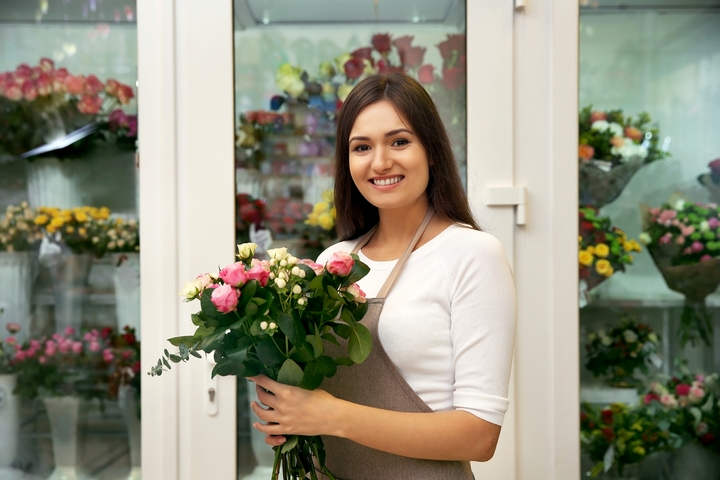
A study conducted at Harvard University reveals that having freshly-cut flowers around a sick person boosts their energy levels. It also breathes a new life into them and lessens anxiety and depression. Whether they are in a hospital room or someone’s home, flowers have a positive impact and lift one’s spirit.
This is why get-well flowers are a perfect gift for a patient. However, you don’t just buy any type of flowers. There are specific considerations you should make as you go shopping at Burlington Heights Plaza.
Here are the ten things to know before you buy get well flowers:
1. Choose Hypoallergic Flowers
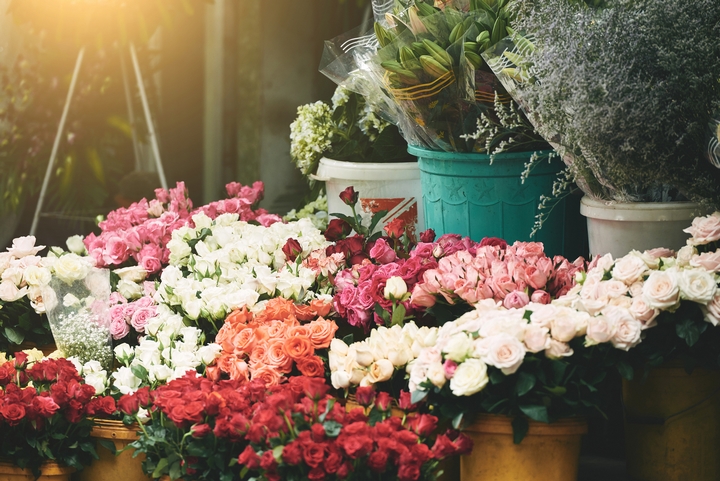
Simply because you suffer from allergies does not mean you don’t get to enjoy the lovely blooms. Most people are not allergic to flowers, especially the hypoallergic type, but the pollen they contain. According to research, one of the main reasons some flowers affect people with allergies is due to the plant’s gender. Monoecious plants, for instance, contain separate male and female flowers that transport pollen through the air to fertilize the female flowers.
Dioecious plants are similar to monoecious plants and ‘perfect flowers’ such as roses that contain both female and male parts. If you are buying flowers for someone with allergies, begonia, cactus, crocus, daffodil, geranium, hosta, hydrangea, periwinkle, tulip and zinnia are perfect since they are allergy-friendly.
2. Flower Colour
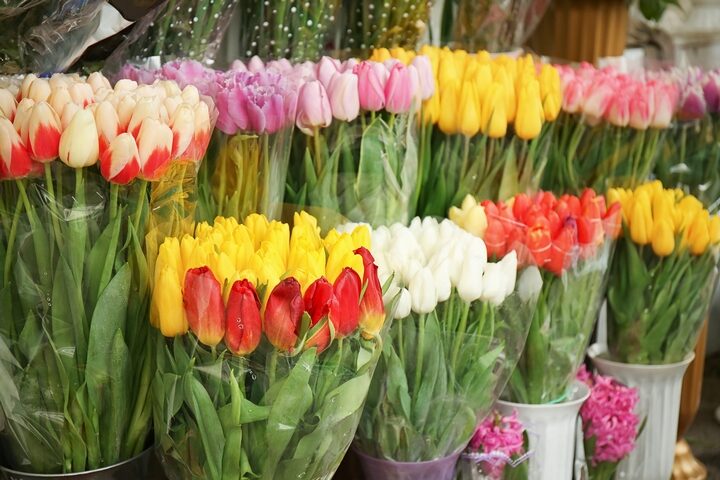
Another thing to know before you buy get well flowers is the colour. Sending flowers is one of the ways you can say ‘get well soon’ or ‘I am with you even in this tough time’ without actually saying it. It is about more than just putting together a collection of flowers that seem pleasant to the eye. Make sure you use colours that communicate what you want to say. Yellow, for example, is a bright and radiant colour. It evokes feelings of joy.
So, if you get golden daffodils or a chrysanthemums-filled pot, you can be sure it will brighten anyone’s day. To blend several colours, go for the multi-coloured gerbera daisies, which are bold and beautiful even after the patient recovers. White is the other colour that won’t disappoint. It represents purity, tranquillity, charity, faith and hope for the future.
It also conveys respect and is associated with pure love and ceremonies such as anniversaries, graduations, christenings and get well soon. So, the next time you are buying get well flowers, go for white lilies, white roses, or any other flower with a bright, attractive and attention-grabbing colour.
3. Seasons

Different flowers bloom in each of the four (spring, summer, autumn and winter). During spring and summer, you are likely to find sunflowers, hydrangeas, cosmos, zinnias, gardenias, daisies, azaleas, gladioli, chrysanthemums, gingers, lilacs, irises, freesias and peonies. Flowers that bloom in autumn include marigolds, carnations, goldenrod, alstroemeria, and bouvardia.
During winter, you will likely come across amaryllis and the star of Bethlehem. Knowing which flowers are in season helps you choose the best floral arrangement or bouquet. You also get to save you a few bucks since in-season flowers tend to be less costly.
4. Avoid Extremely Fragrant Flowers
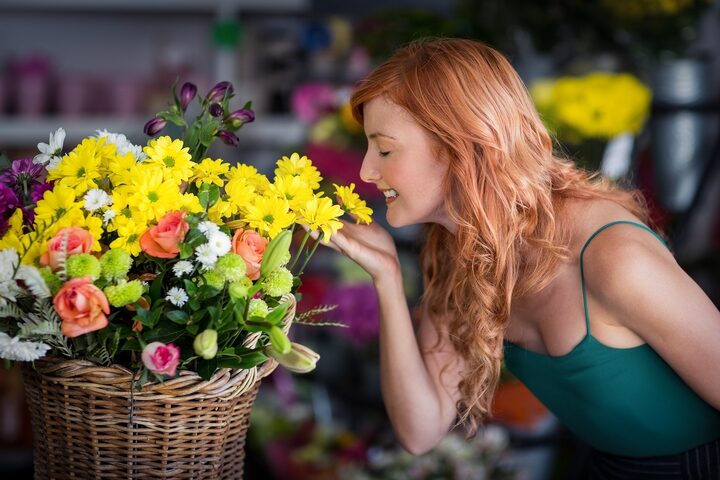
Steer clear of highly-scented flowers such as lilies, freesia or lilacs, especially if you are buying flowers for someone who is ill. Go for those that are cheery, bright and light on the scent such as sunflowers and daffodils. You can also seek advice from your local florist on the most appropriate flower scents for an unwell person.
5. Get Long-Lasting Flowers
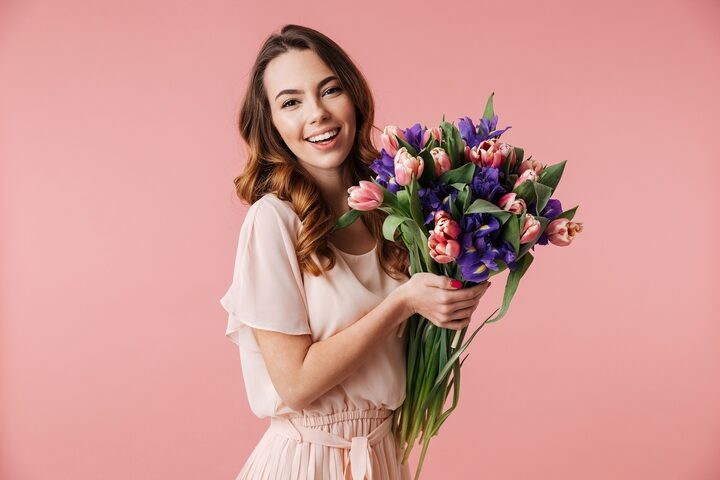
Ideally, get well flowers should be fresh and last longer, at least a couple of days. This way, the patient gets to see them each morning for a while, giving them hope that, just like the flowers, they will soon be on their feet and looking radiant and full of life. Some of the flowers have a long vase life; these include carnations, orchids, lisianthus, chrysanthemums.
6. Stick to the Stems
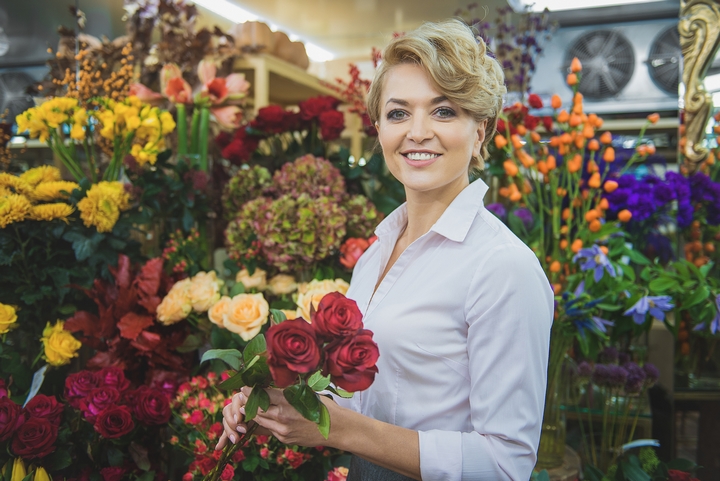
Choose woody-stemmed flowers for your bouquet. Usually, most flowers classified as woody have a cluster of buds on them, while the non-woody ones do not. A woody stem can also be identified by the presence of barks. Flowers with woody stems get soggy less quickly compared to traditional stems. You don’t have to burden the hospital staff with the task of changing the water every few hours besides having to look after your loved one. If you don’t get flowers with woody stems, request for floral foam, which effectively retains water.
Put the flowers in a vase that does not break easily, one that’s made of thick glass or plastic.
7. Minimum Sized Flowers
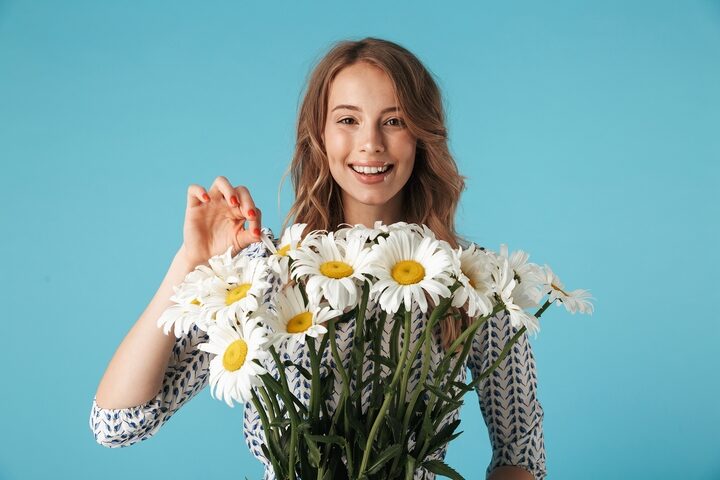
Elaborate floral arrangements do not necessarily demonstrate to a patient how much you love and care for them. On the contrary, get small or minimum-sized flowers as they fit comfortably in most places and don’t take up a lot of space. Flowers set in small, front-facing vases can be placed in one corner of the wall. This makes space for other gifts such as teddy bears and get-well-soon cards.
8. Age
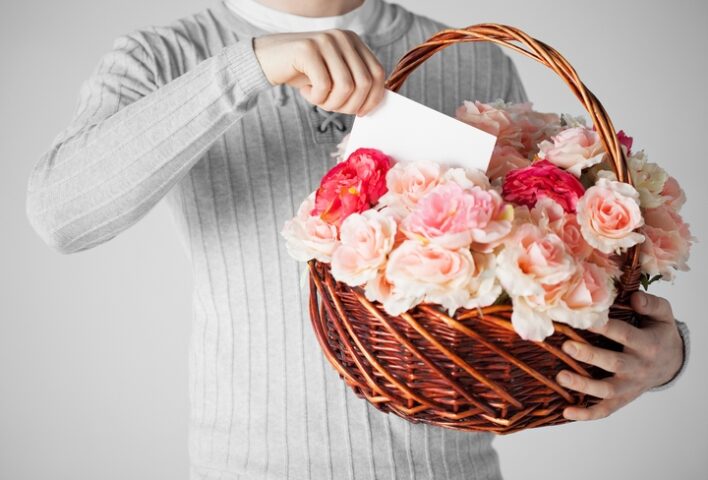
The type of get-well flowers you would buy for a 40-year old are different from those for an 8-year old. Most children appreciate cookies, stuffed animals and chocolates more than they do flowers. Older people, on the other hand, tend to prefer a nicely-arranged bunch of flowers. To them, it is more about the motive and the thought behind the gift than the gift itself.
9. Choice of Bloom
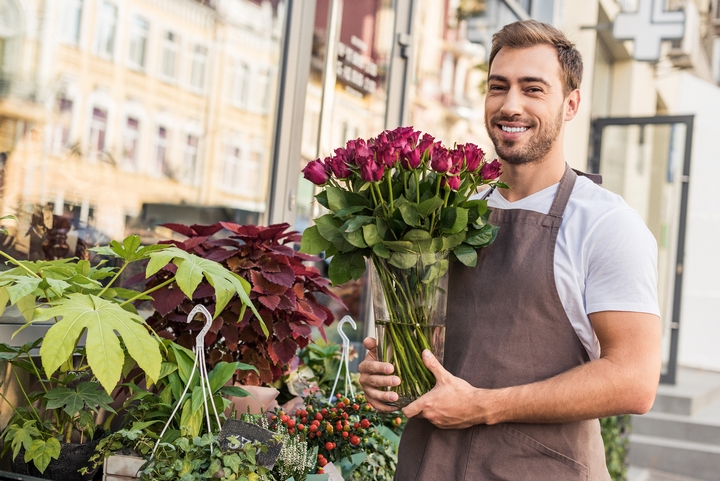
Depending on how unfamiliar or familiar you are with a patient, choose the flowers they like. If you have any doubts, just stick to hand bouquets, mainly roses, since most people prefer them.
10. Manageability
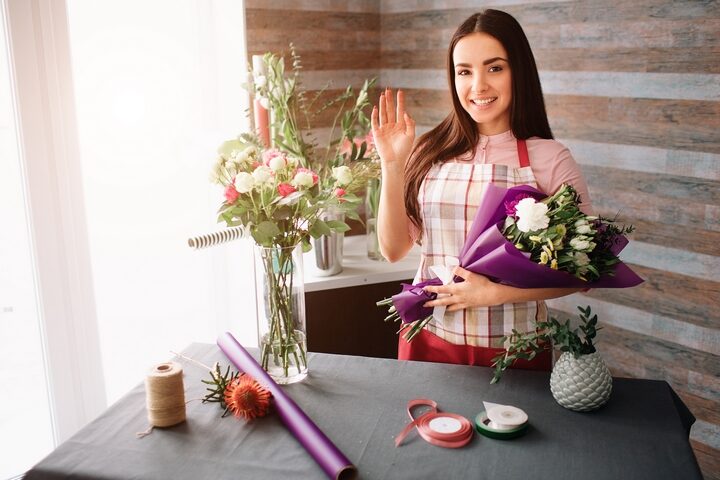
While purchasing flowers, consider the fact that your loved one may not have the time, mobility or the energy to take care of them. Get flowers that can survive and remain healthy with just enough sunlight and water, so they don’t end up stressing the patient.
When looking for flowers to gift a patient, put some thought into the process. Get flowers that express your heartfelt desire to see them get better. Avoid depressing or allergenic flowers that could end up making a patient uncomfortable. At the end of the day, besides the obvious beauty of flowers, it’s the thought that counts.
